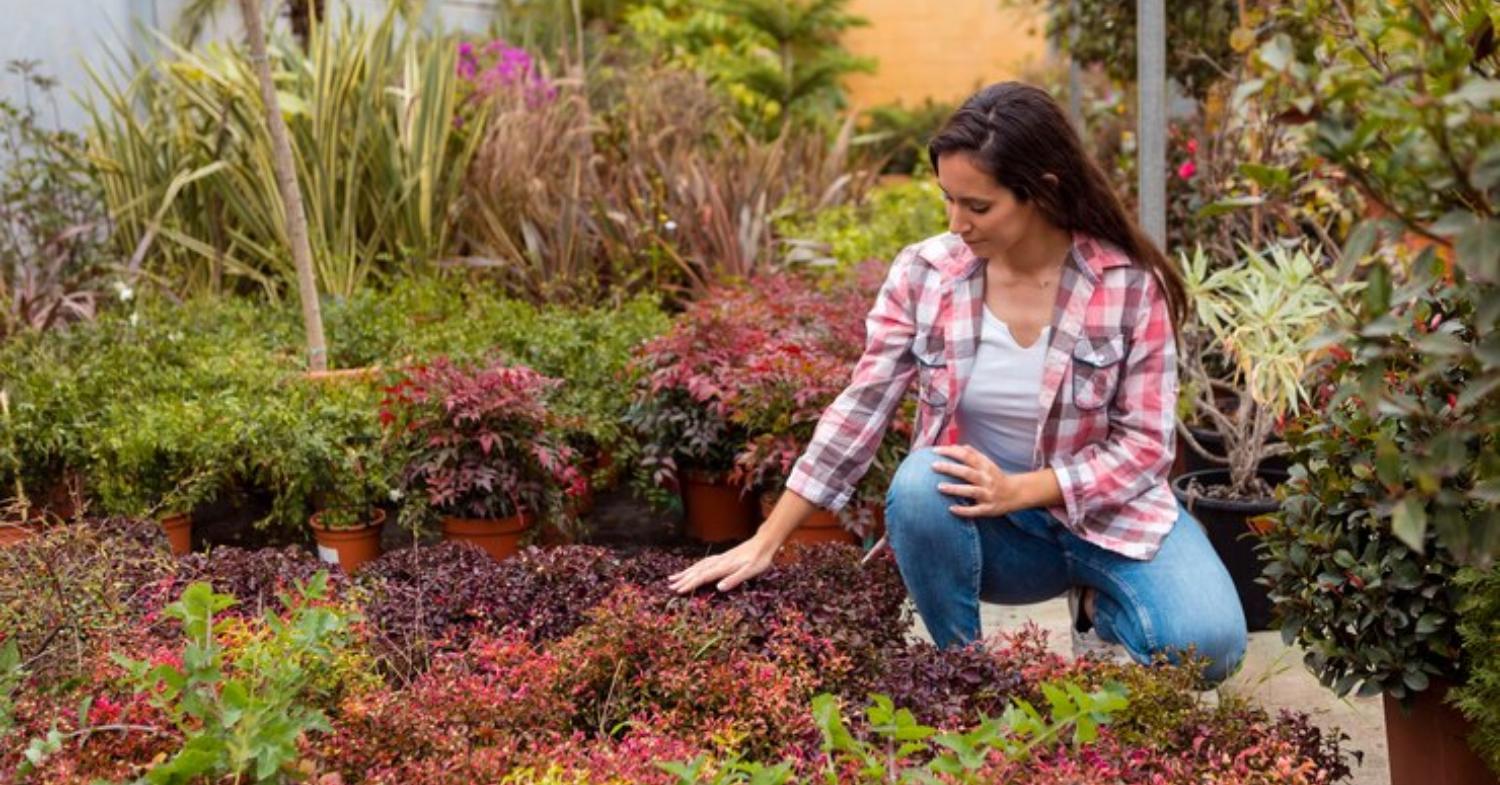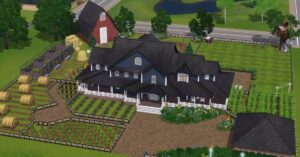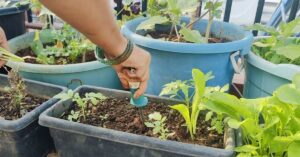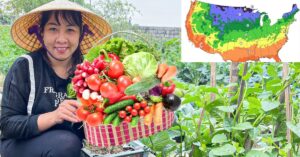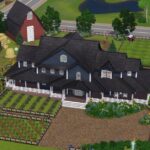Gardening zones are climate designations based on average annual minimum winter temperatures that help identify which plants can thrive outdoors in a certain area. Knowing the zone enables selecting appropriate varieties suited to the regional climate.
Ever wonder what kinds of flowers, vegetables, and landscaping will grow reliably in your part of the country? Gardening zone maps divide North America into numbered regions with similar climates. But which zone are you in?
The USDA created zones to rate plant hardiness based on the lowest expected temperatures. Zones factor in variables affecting what cultivars can overwinter locally. Identifying your zone using your location helps gardeners choose compatible crops and decorations sure to flourish.
Here are the paragraphs for each heading:
Entering a street address online allows finding the correct gardening zone swiftly. Websites like garden.org allow typing in the number and street to pinpoint zones down to neighborhood variations. This method accounts for microclimates near coasts or in city centers perfectly. Address lookup provides the most accurate zone designation for planting plans directly using only a simple location input.
Precise address matching cuts out confusion about broader municipal zones. It assigns the property to one of the numbered hardiness regions allowing immediate understanding of which perennials and vegetables growing cold and thaw cycle risks locally.
Gardening zone map for my area
Printable online maps show the outlined zones stretching across states and counties colorfully. Zooming tightly on a locality reveals its zone number. Maps serve as nice references pinned to bulletin boards too. Major maps from sources like Aggie Horticulture sometimes include city locations directly on the zone contour lines.
Region zone maps help grasp how conditions vary greatly over short distances. They illustrate temperature differences affecting plant choices on either side of zone limits. Sizeable maps let comparing a backyard zone to others nearby easily for getting planting ideas outside the normal selection.
Gardening zone finder by zip code
Typing a five-digit zip code on websites like garden.org brings up the accurate zone swiftly. This method relies on postal codes corresponding correctly to climate regions. It provides a simple zone lookup just needing the zip without address entry.
Zip code search works well for general municipal zones when a precise address is unknown. Results show the zone most of that zip code falls inside. It suffices for selecting compatible flower and vegetable varieties to try within a few degrees of listed temperatures.
Plant hardiness zone lookup by address
Websites like plantmaps.com allow filling address forms to determine the specific property zone. This locates it to one of the numbered contour lines drawing zone boundaries. Address pinpointing accounts for variances within a few miles due to terrain or other microclimate factors.
Entering the street and city directly finds the officially designated USDA zone. This avoids confusion over general zone maps showing overlapping or transition areas between numbers. Address lookup delivers conclusively which zone temperatures and conditions the garden experiences yearly.
Figure out the gardening zone by location
Typing a city and state into search engines sometimes pulls up the zone promptly. This works well for smaller towns entirely within one region. Larger metropolitan areas usually lay astride boundaries though.
Location searches provide a fast zone estimate before narrowing further. They introduce what varieties might work before comparing them to a map. Addresses deliver the final precision but entering just a place gets in the general zone ballpark for plants to investigate.
Gardening zones in the United States map
National maps show numbered contours dividing the Lower 48. Colors distinguish the 10 main zones. Alaska and Hawaii use separate systems too. These outline the severe gradients, like between 6 and 7.
Zone lines mark where half-hardy crops’ minimums lay. See how different zones surround according to sea effect or elevation. Maps contextualize a zone within wider US temperature diversity.
How to determine a gardening zone
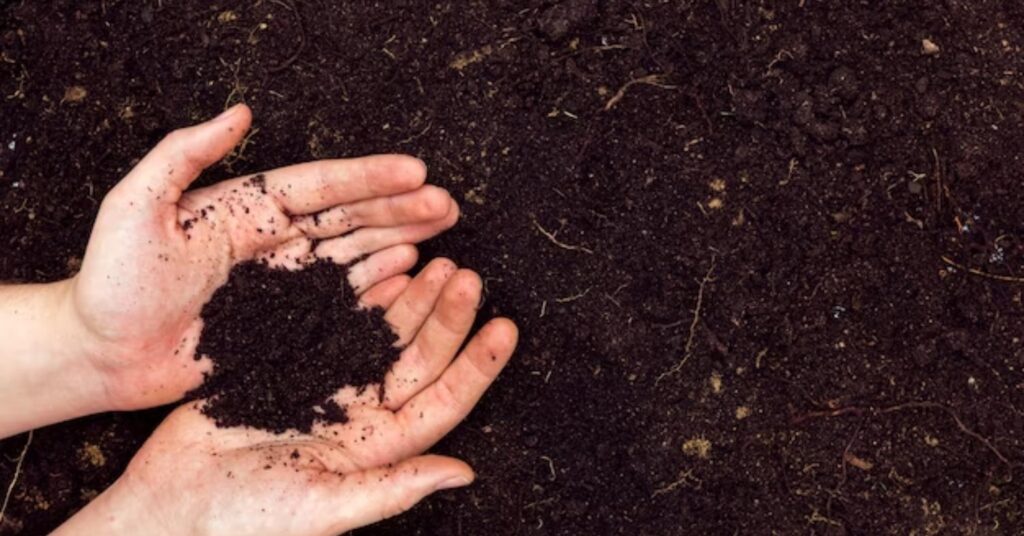
The USDA devised the system. They averaged minimum temperatures over 30 years. Zones reflect 5-degree Fahrenheit gaps in winter lows. Other factors like coastal moderation also influence zones.
The zip code or property address method pins it precisely. General maps suffice to locate a community’s zone. Microclimates may differ, so plants surviving neighbors’ zones need not succeed elsewhere nearby with the same zone.
Gardening zone calculator by address
Typing a street and city/state pulls up the exact zone instantly. This avoids confusion over general zone maps. Calculators precisely locate using official zoning data. Results relay the USDA climate zone designation. Matched zones help experienced elsewhere inform plant choices here too.
Identify the planting zone from a map
Larger zone maps show the nation divided into colored regions. Zoom finds a city to discern its zone. Finer-scale maps precisely place boundaries. Comparing a property to maps confirms the zone. Hardiness zones help select perennials and ornamentals rated for that minimum temperature range.
USDA plant hardiness zone map
Official zone maps define temperature gradients nationwide. Zones range 1-13, with half-number variations. Colors distinguish temperature thresholds. These depict where average winter lows fall. Selecting plants and landscaping compatible with a property’s designated zone enhances survival odds versus gambling on half-hardy varieties.
FAQ’s
How do I figure out my gardening zone without an online map?
Take a stroll around your neighborhood and notice which plants are doing well. People in your area who love gardening can also give you helpful insights to determine your gardening zone.
Can I just use my zip code to know my gardening zone?
While your zip code gives a general idea, for more accuracy, use a gardening zone finder or map. Different spots within a zip code can have slight differences, so it’s good to double-check.
Why should I use a gardening zone calculator?
A gardening zone calculator is handy for precise info. Enter your address, and it considers specific details, giving you accurate zone information to pick the best plants.
What’s the USDA’s Zone map, and how does it help?
The USDA’s Zone map is a trusted guide for gardening zones. A quick look helps you know your zone accurately, making sure you make smart choices for a successful garden.
How can I confirm my gardening zone with neighborhood-known zone numbers?
Chat with local gardening folks or check with local authorities. Knowing the zone numbers recognized in your neighborhood helps you be sure about your gardening zone, making your garden thrive.
Conclusion
Knowing which gardening zone applies helps immensely with plans. Which Gardening Zone Am I In? gives farmers knowledge about what to cultivate. When familiar with the right zone, choices become easy. Hardy selections thrive based on regional norms. Experimenting expands options, but zoning prepares gardeners well.
With zone information, gardens serve owners happily. Which Gardening Zone Am I In? means picking plants suited to local conditions. Whether consulting maps or asking experts, determining the precise zone empowers people to maintain beautiful, productive yards through better-informed decisions. Understanding climatic limits leads to smooth sailing come whatever weather.
